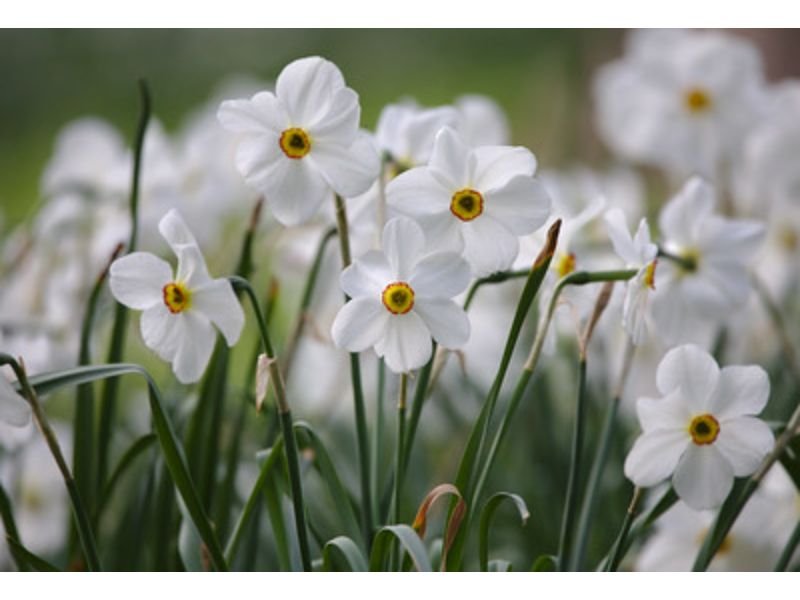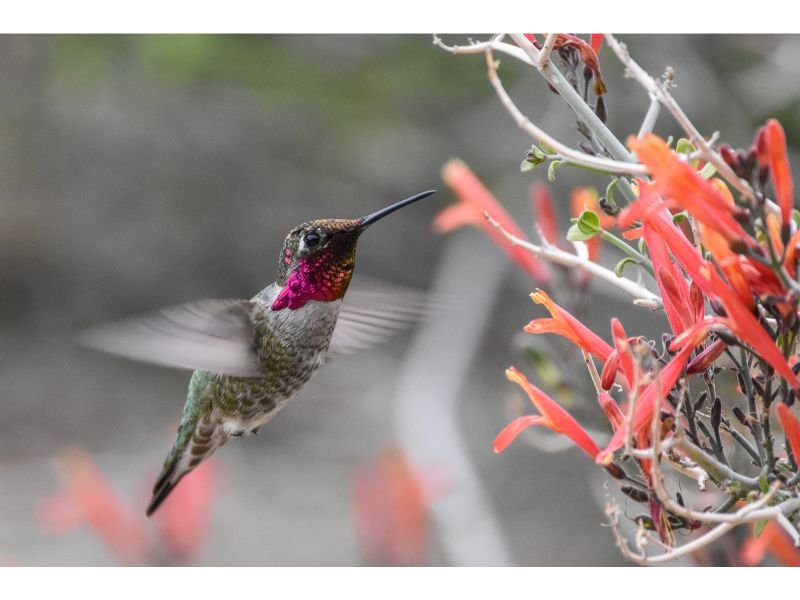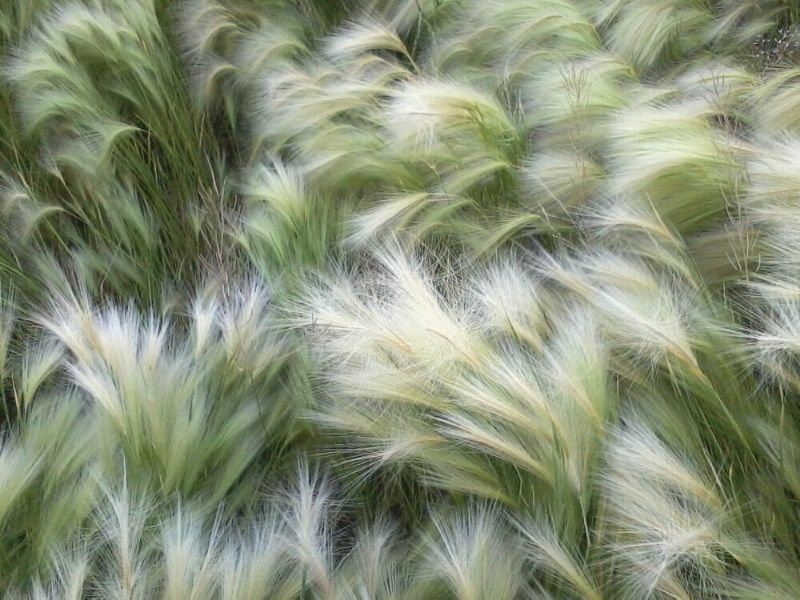If you’re a fan of sakura or flowering cherry trees but can’t provide a massive gardening land and more demanding maintenance routine, you probably should give attention to anemone tomentosa. Also known as Japanese anemone, this plant features delicate blooms that are eerily similar to flowering cherry blossoms–and most importantly, with easy-to-replicate growing requirements! So grab your gardening gloves and get ready to explore the world of anemone tomentosa.
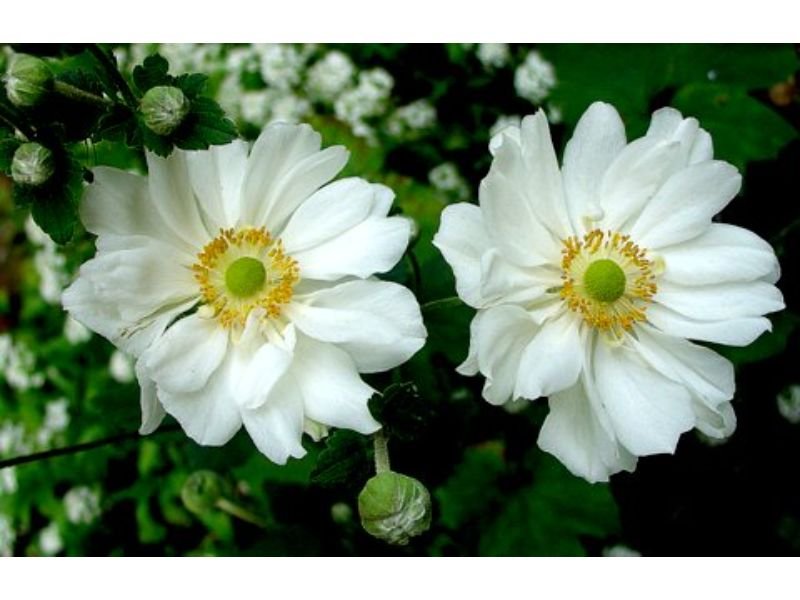
Table of Contents
Anemone Tomentosa General Plant Info
| Common Name(s) | Japanese anemone, the Japanese windflower, fluffy anemone, wooly anemone, lamb’s ear anemone |
|---|---|
| Scientific Name | Anemone tomentosa ‘Robustissima’ |
| Family | Ranunculaceae |
| Plant Type | Perennial |
| Country of Origin | East Asia |
| Natural Habitat | Mountainous regions, meadows, forest clearings |
| Size | About 24 to 48 inches (60 to 120 centimeters) tall and 24 to 36 inches (60 to 90 centimeters) wide |
| Toxicity Level | Mildly poisonous if large quantities are ingested |
| Color(s) | Soft pink, whitish-pink, bright yellowish-orange, greenish-orange |
| Soil Requirements | Well-drained soil with average fertility and consistent moisture |
| Propagation | Anemone Tomentosa can be propagated by division in spring or autumn |
| Pests and Diseases | Anemone Tomentosa is susceptible to powdery mildew, rust, and slugs, but can be treated with fungicides and organic slug control methods |
| Winter Care | Anemone Tomentosa should be cut back to the ground in late autumn and mulched to protect the roots from freezing |
| Companion Planting | Anemone Tomentosa can be planted with other late-season bloomers, such as sedum, asters, and ornamental grasses, to extend the flowering season and provide contrast in texture and form |
What Is So Interesting About Anemone Tomentosa Robustissima?
Perhaps, most people don’t understand that anemone tomentosa is more than just beauty. In traditional Chinese medicine, where the plant is distributed widely in Sichuan, Shanxi, Genan, and Gansu, the roots and rhizome parts of this delicate flowering plant are used to treat a variety of illnesses. From traumatic injury, dermatitis, and malaria, to children’s indigestion, this proves that anemone tomentosa is not just an ordinary flowering plant!
Foliage and Blooms Appearance
It would be difficult not to turn your head to the stunning blooms and foliage of anemone tomentosa. The flowers of anemone tomentosa robustissima are simple, with cup-shaped inflorescence and 5 to 6 petals that are a gradient mix of soft pink and whitish-pink. For each bloom, there is a contrasting group of stamens or pistils that is bright yellowish-orange that surrounds a greenish-orange center. The foliage, which is just as stunning as the blooms, is in medium or dark green, with palmate shaped and lobed. The leaves have a velvety texture and look due to the presence of tiny hairs.
Size and Growth
In contrast with rue anemone and anemone multifida rubra, which fall into the category of compact-sized flowering plants, anemone robustissima tomentosa is a medium-sized flowering plant. Under proper circumstances, they can reach a height of 48 inches (120 centimeters) and spread to about 36 inches (90 centimeters) wide. Anemone tomentosa grows from clumps of thick rhizomes and is considered a slow-growing plant. They could take months or even years to get to their mature size finally.
Is Anemone Tomentosa Poisonous?
Just like their cousins from another Ranunculaceae Family, anemone tomentosa is a mildly poisonous flowering plant. Handle the plant carefully and never ingest any parts of the plant, as they contain a toxic chemical called ranunculin. When the plant is damaged or crushed, this poisonous compound is converted into protoanemonin, where the poisoning effect can be way more fatal. Symptoms such as irritation, nausea, vomiting, and diarrhea might occur.
What Do Anemone Robustissima Tomentosa Smells Like?
If you’re a fan of scented flowers, anemone tomentosa is probably not made for you as this plant is not known for producing a strong scent and is generally odorless. Nonetheless, you still can enjoy the beauty of their blooms and foliage, which are the main attractive points of this plant!
Is Anemone Robustissima Invasive Or Not?
Anemone tomentosa is not considered an invasive plant, so you don’t have to be overly worried when thriving this gorgeous perennial. However, they still have the potential to spread aggressively and thus become invasive in certain conditions, such as when planted in excessively fertile soil. Anemone robustissima tomentosa may also be self-seeding, but this usually can be easily controlled and removed.
What To Plant With Japanese Anemone?

If you wish to level up your gardening hobby or simply just need more greenery in your landscape, why don’t you try to grow anemone tomentosa with their companion plants? Pick one, or even more, plants that share similar growing requirements as anemone tomentosa robustissima, and don’t forget to match them with your style preferences! We recommend hostas, daffodils, sedum, tulips, ornamental grasses, and hydrangeas to be their good partners.
Anemone Tomentosa Growing Requirements
Light
As a natural inhabitant of mountainous regions, anemone robustissima tomentosa demands a location with partial to full shade to thrive. Although they can tolerate some direct sunlight, too much sun exposure can lead to the foliage scorching. It’s worth noting that direct, full sunlight exposure is only suitable in regions with cool summers. Generally, a location with filtered light is what we categorized as perfect for this stunning plant.
Watering
It’s safe to say that anemone tomentosa requires a watering schedule that is similar to their other anemone siblings. This plant is a huge fan of well-draining soil that is kept consistently moist. If you don’t have any idea how to achieve this, it’s best to stick to regular and deep watering, about once to twice a week depending on your climate. In hot and dry weather and during the growing season, you may also increase the amount of watering. Avoid overwatering as this can bring a nightmare to the plant’s root, making it prone to root rot.
Temperature and Humidity
Just like any other plant, anemone tomentosa requires you to replicate the temperature and humidity level as their original environments. This flowering plant prefers cooler temperatures in the range of 50°F (10°C) to 75°F (24°C). Anemone tomentosa robustissima is also a winter hardy plant that can handle temperatures as low as -4°F (-20°C), but they might go dormant at this stage. For humidity, you need to keep it at a moderate level. Excessive humidity can lead to fungal growth, while low humidity can increase dryness.
Soil
Perfect soil for anemone tomentosa should be high in organic matter, moist, and have good aeration. If these requirements are met, they will grow vigorously and produce a profusion of blooms! To improve the soil’s fertility and structure, you can add more organic matter such as compost and manure. This alluring flowering plant thrives best in slightly acidic to neutral soil and will do just fine in loamy, sandy, and chalky soil. We recommend avoiding heavy clay soil as this type of soil is more susceptible to being waterlogged.
Fertilizing
Anemone tomentosa robustissima is rather forgiving if you forget to fertilize them, as long as their soil is already rich in humus and consistently retains moisture. However, they still benefit from light fertilizing before or throughout the growing season, about once every one or two months. When applying a balanced fertilizer, it’s crucial to follow the instructions carefully and not over-fertilizing. Water the plant thoroughly after applying fertilizer to prevent fertilizing leaf burn.
Pruning and Repotting
Deadheading or cutting back the spent or diseased parts of anemone tomentosa can help encourage the plant to produce more flowers, as well as prevent further infection from spreading. Use a pair of clean sharp scissors or gardening shears, make sure to cut just above the leaf’s node. Repotting is best done in spring before new growth appears or before the plant welcomes its growth phase. Once you’re done repotting, fill the new container with fresh, new soil while providing water and some organic matter.
Propagation
You can propagate the charming anemone tomentosa through division, which involves separating the rhizomes into smaller sections and replanting them in new pots. This method is best done before the plant enters its growing season. Use a sharp knife to separate the bulbs into smaller clumps and replant them as usual by providing all they need to thrive. Once you’re a pro, this propagation method is not scary as it might seem!
Common Anemone Tomentosa Robustissima Pests and Diseases
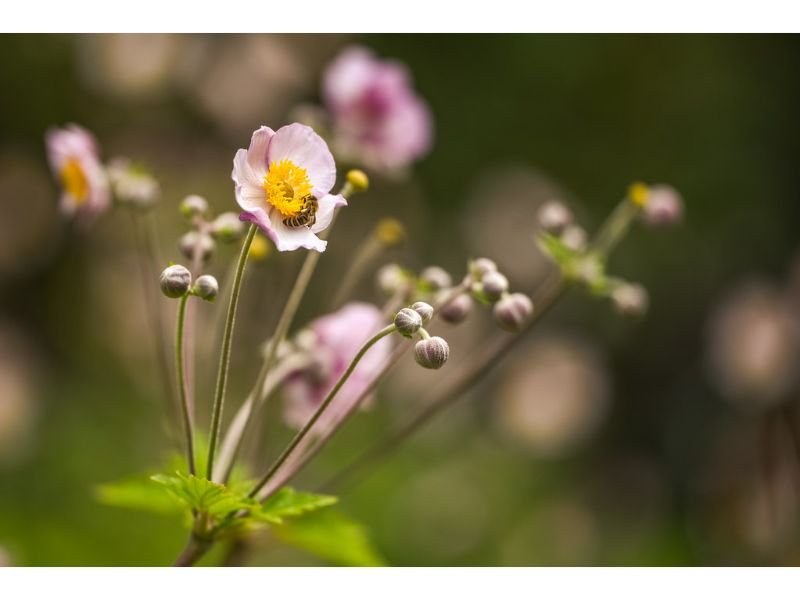
As gardeners, we all hate pests and diseases, aren’t we? Although generally not prone to serious problems, unfortunately, anemone tomentosa is still susceptible to a few issues. The most common pests that can affect anemone robustissima tomentosa are aphids, beetles, and white flies, which can be controlled by spraying the plant with a strong stream of water or incorporating natural predators such as ladybugs or lacewings. Other essential issues such as root rot and fungal-related crown rot, can be prevented by not over-watering the plant and planting them in well-draining soil.
Growing Anemone Tomentosa: Is It Worth The Effort Or Not?
The answer to this conclusion may vary depending on your taste and zones, but with eye-catching and delicate blooms, appealing foliage, and growing requirements that are not difficult to replicate, we can conclude that growing anemone tomentosa can be worth your time and energy. Besides their aesthetic appeal, anemone tomentosa robustissima can also attract pollinators, helping to support your local ecosystem!

New author in the hood. Loves gardening and flowers are my spirit animals (yes I know they are not animals but I insist). I will be covering most of the flowers’ topics here and occasionally random though as well.

